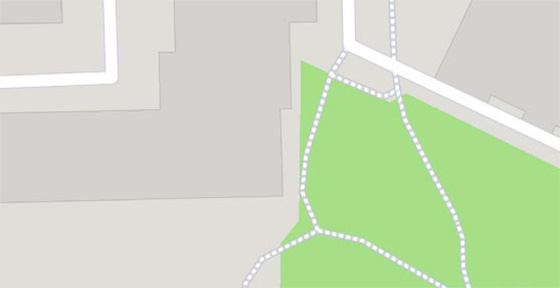The castle of the Masovian Dukes was built in the second half of the 14th century in the swampy bend of the Łydynia River. It is an example model of gothic castles located in the Polish lowlands and the largest knights' stronghold in Mazovia. The castle was built on a rectangular plan, and its empty courtyard was supposed to provide shelter for the inhabitants of the city during the period of danger. In the castle there is a branch of the Ciechanów Museum of the Masovian Nobility.
Over the centuries, the function of the castle has gradually changed from typically defensive to residential and defensive. The biggest changes were made in the sixteenth century, when the castle became the property of Queen Bona, wife of Sigismund I the Old, and the decor of the prince's residence gained a Renaissance character. During the Swedish Deluge, in the middle of the 17th century, the castle was burned and began to fall into ruin.In the 1960s, it became a museum object because of two preserved towers, and the castle walls were secured as so-called "Permanent ruin". In the following years the reconstruction of the castle took place. It was preceded by many years of archaeological research.In 2013, the first stage of the controversial revitalization of the castle was completed. In the courtyard, between two towers, in the place of the former Small House, a modern pavilion of steel and glass was built, which serves now as an exhibition spot.Less
Attractions inside
Ciechanów Castle
map


Ciechanów Castle – popular in the area
(distance from the attraction)


